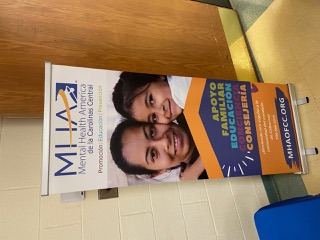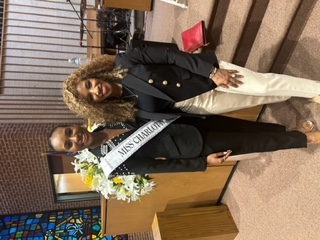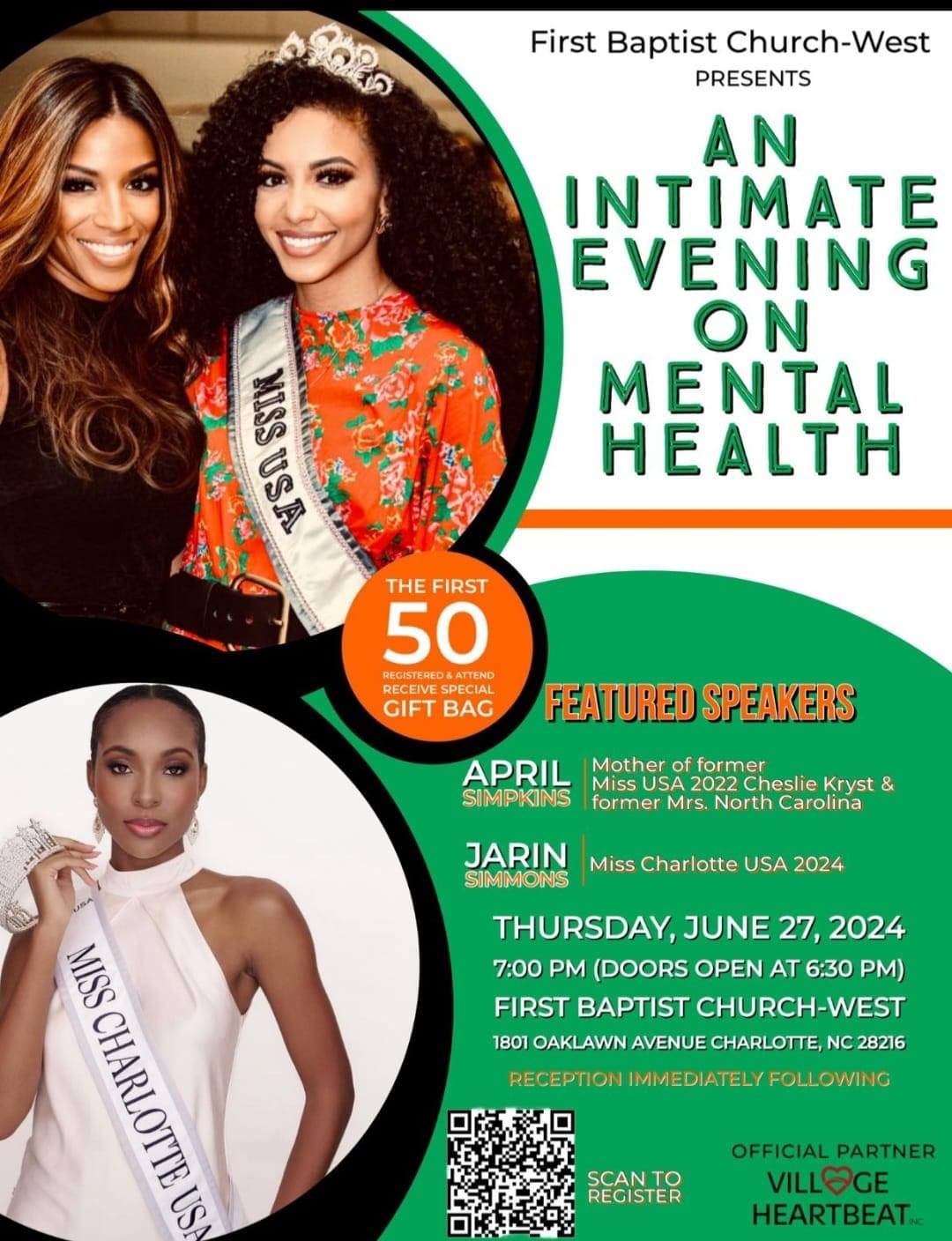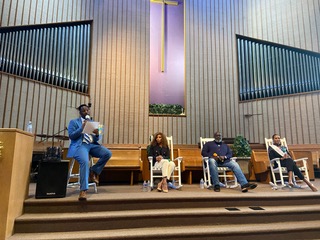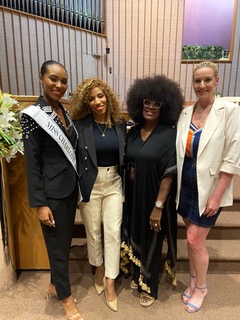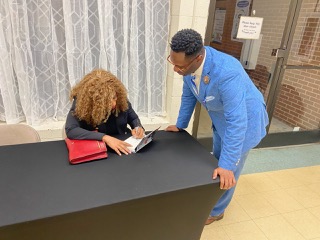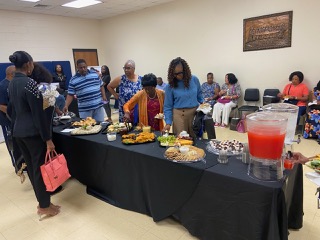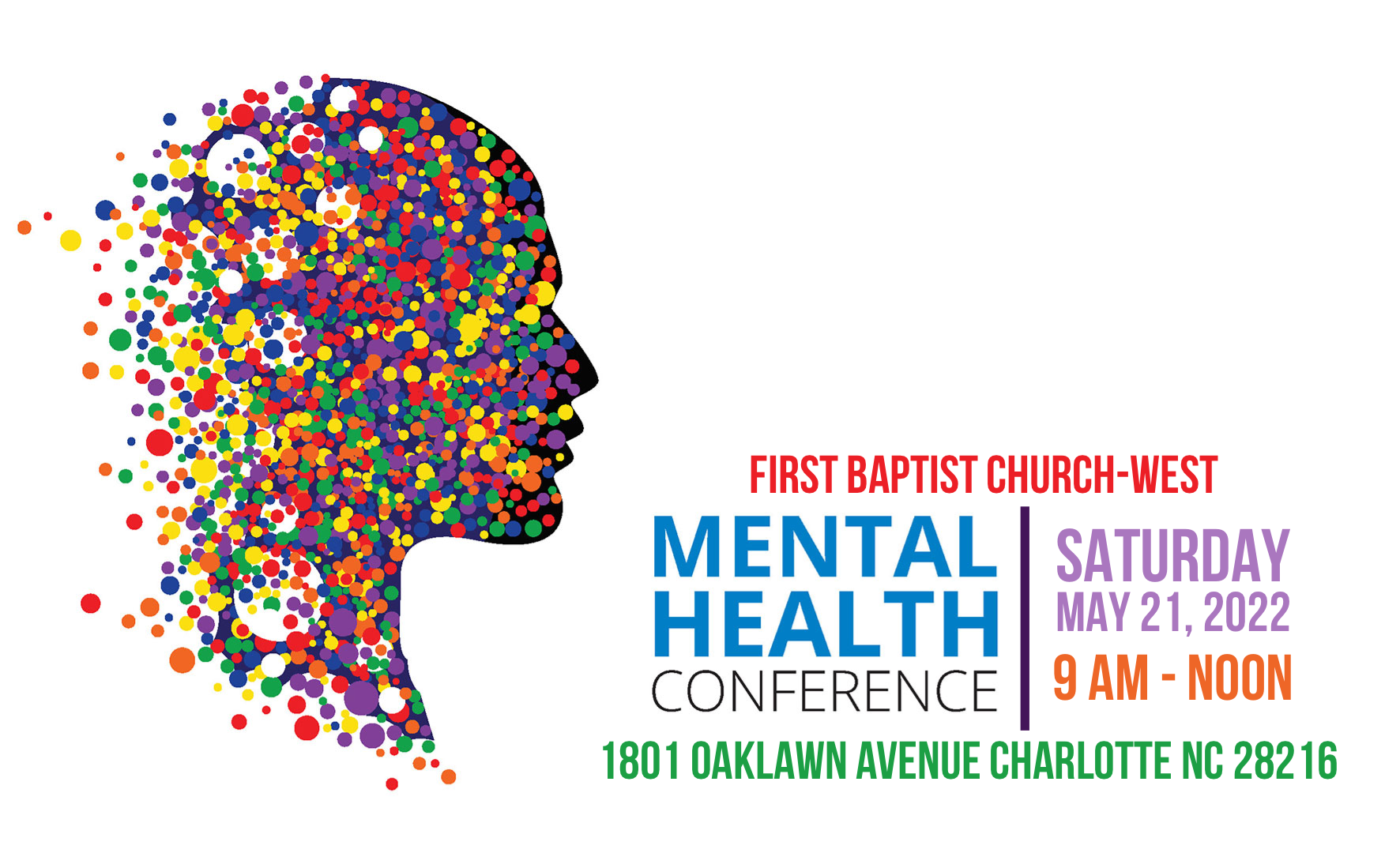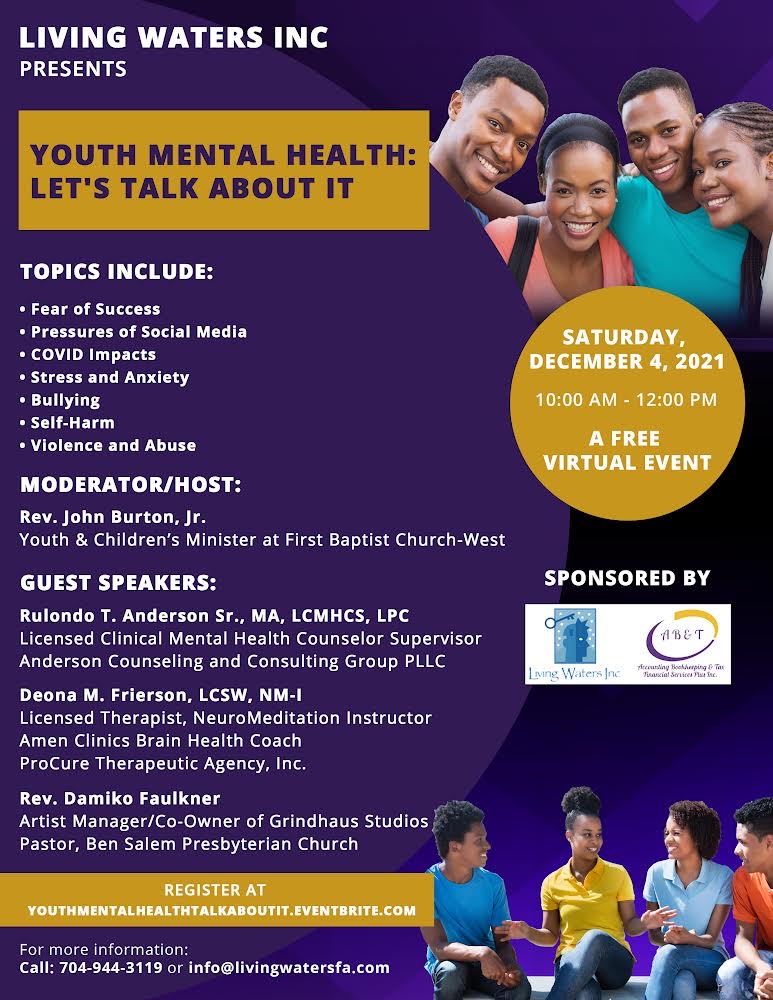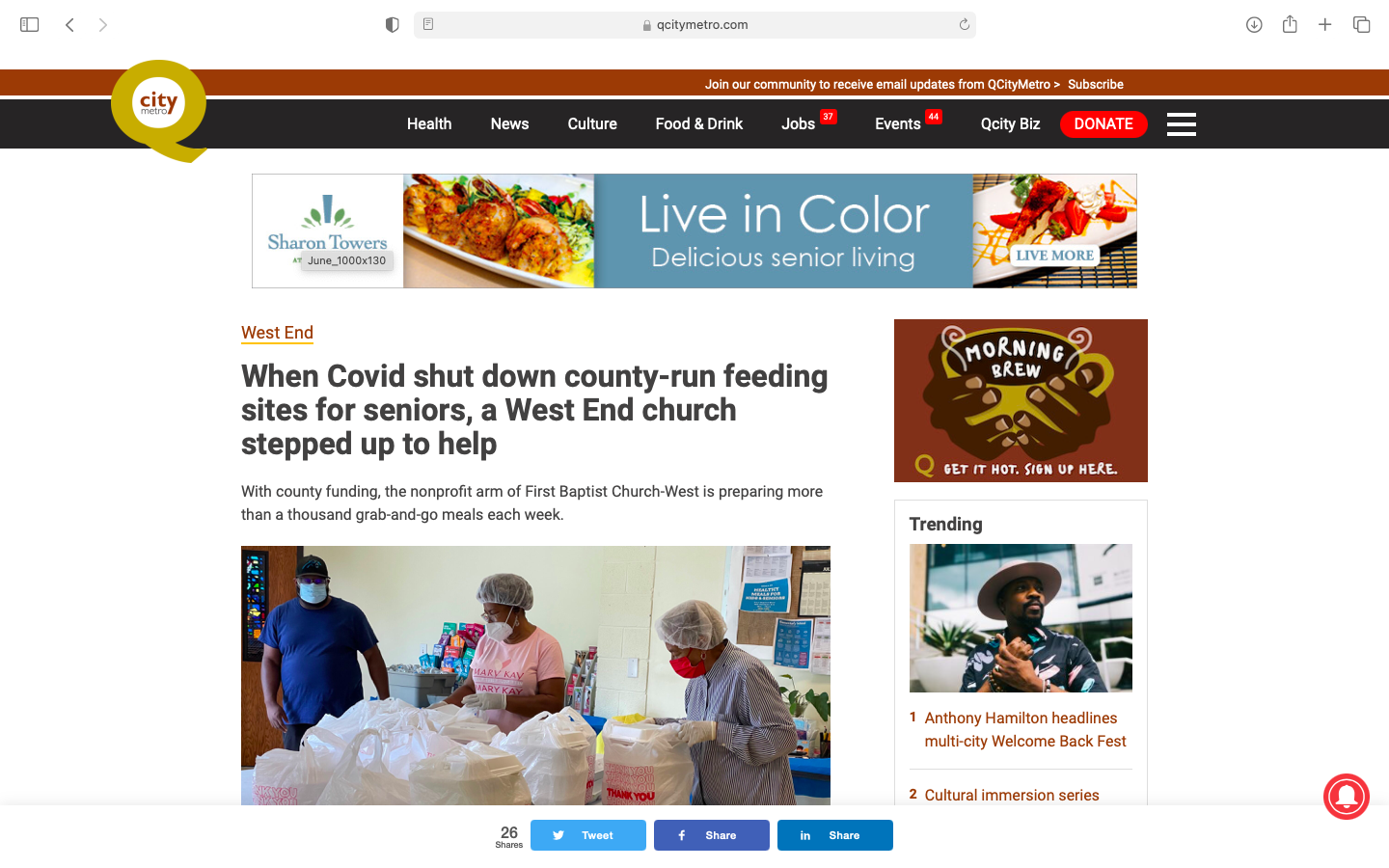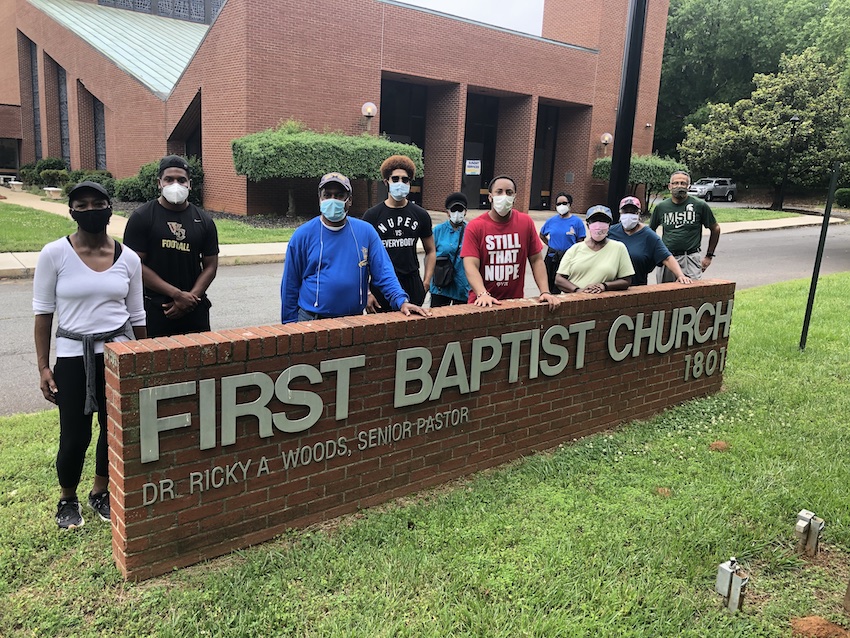Harvey B. Gantt took his time as he walked into the sanctuary of First-Baptist-West to meet with visitors. Nostalgia seemed to settle in as he observed each and every detail of the 46-year-old building.
Its design – a sloping roof, tall stained glass windows, a brick steeple and descending sanctuary walkway – was ahead of its time when Gantt, a young Clemson University graduate, was tasked with designing the structure in 1974.
“A modernist building that has lasted 50 years. For me, that’s the badge of honor,” he told QCity Metro that day in August.
Recently, First Baptist Church-West, the city’s oldest Black Baptist congregation, was awarded $150,000 from the African American Cultural Heritage Fund, a two-year initiative to conserve Black modernist structures designed by Black architects.
The church will honor the former Charlotte mayor and his design during a special service on Sunday, August 27.

A church founded in the shadow of slavery
First Baptist Church-West traces its roots to 1867 — two years after the Civil War ended — when a group of emancipated slaves gathered under an oak tree on the grounds of the predominantly white First Baptist Church of Charlotte.
Years earlier, the N.C. Baptist State Convention had mandated segregated worship spaces for enslaved people — a mandate those formerly enslaved men and women were determined to resist. Instead, they secured permission to establish their own church.
With 66 members, they formed the First Baptist Church for Negroes and gathered at a hospital near today’s YMCA on Morehead Street.
By 1870, the congregation had purchased land at 1020 S. Church Street, in Charlotte’s Third Ward, just a stone’s throw from what today is Bank of America Stadium. Construction on a new church began there in 1901.
The church was formally dedicated in September 1911 and became a signature meeting place for many Black community events.
“It was the first place really in the community where African Americans had freedom to be able to assemble and to be able to meet, plan and plot their destiny,” the Rev. Ricky A. Woods, who has served as the church’s 12th senior pastor since 1995, said in an interview.
In the early 1970s, under the guise of “urban renewal,” city leaders demolished many of the Black churches that once stood in Uptown Charlotte. First Baptist-West was no exception. That meant finding a new home, so the congregation purchased about three acres of land in northwest Charlotte, at 1801 Oaklawn Ave.
Woods said the congregation, then under the leadership of the Rev. James B. Humphrey Jr., wanted a new space adequate to host community events, so, in 1974, the building committee began interviewing architecture firms. A young firm by the name of Gantt-Huberman entered the race.
At that time, Gantt-Huberman, founded by Gantt and his business partner, Jeff Huberman, was a mere three years old and had never designed a church, Gantt recalled. And they found themselves up against established firms with more experience.
Taking a risk
Gantt drew two designs for the church building committee: A traditional concept with red bricks and four columns in the front, and a contemporary design with a modern look and feel.
The latter design was risky, Gantt now acknowledges, but his firm was eager to test something new with its first church project.
“To our great surprise, they came back and said they were going with the contemporary look,” he said.
Gantt, who describes himself as a man of faith, said the design was meant to inspire awe — from the sloping aisles to the tall, stain-glass windows that filter light — giving the sanctuary “the sacred quality of a cathedral.”
“That’s always been my mantra in terms of the design of churches,” he said. “I don’t think churches ought to look like theaters — that’s what a lot of architects are doing today; they design a big box and put a lectern or pulpit up front, and that’s it.”
Gant said he has studied the cathedrals of medieval times, “and what makes those work, having been in those spaces in Europe, is the mystique associated with coming into a facility,” he said.
Construction was completed in 1977.
Tom Baldwin, 74, has been a member of First Baptist Church West since 1973. At 28, he remembers seeing the west Charlotte church for the first time on the day it was dedicated.
Baldwin said other church members shared the same sentiments and were proud of their new church home.
Since then, the church has expanded its campus structure, most recently adding a family life center. But 50 years later, the original sanctuary is used to host community events, Baldwin said.
“[The church] It’s come a long way,” he said.

A move to preserve history
Gantt’s work at First Baptist-West led Gantt-Huberman to design other churches in Charlotte — St. Luke Missionary Baptist and Friendship Missionary Baptist among them — as well as elsewhere in the Carolinas.
“We’ve done churches in Gastonia, churches in Greensboro and churches in Columbia, and they all, if you go into them, you will know that they are Harvey Gantt-type churches; you see a theme,” he said.
Gantt said he first learned that First Baptist-West had received a preservation-fund grant when Woods called to inform him. He said he was “shocked” to hear the news.
“I wasn’t thinking of this in terms of the traditional, historic property,” he said. “From my mindset, this was still the iconic, modern situation.”
Funding from the grant, Woods said, will support the development of a plan for the upkeep of the original structure.
The church has also decided to honor the retired architect.

